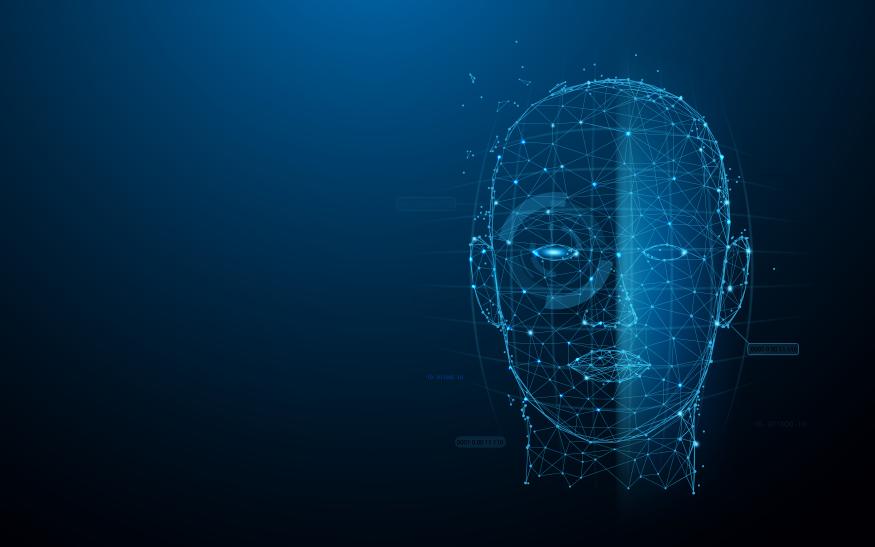Computer Vision

Computer Vision
We offer cutting-edge computer vision services that leverage advanced algorithms and artificial intelligence to extract valuable insights from visual data. Our expert team combines state-of-the-art techniques with deep learning models to provide accurate and efficient solutions for various computer vision tasks, such as object detection, image recognition, image segmentation, and video analysis. With our computer vision services, we help businesses unlock the potential of visual data and make data-driven decisions with confidence.
We specializes in delivering comprehensive computer vision services that enable businesses to leverage the power of visual data. Our team of computer vision experts utilizes advanced algorithms, machine learning, and artificial intelligence to extract valuable insights from images and videos, empowering organizations to make data-driven decisions.
we customize our computer vision services to meet the unique requirements of each client. We provide end-to-end solutions, including data preprocessing, model development, and deployment, ensuring seamless integration with existing systems or applications.
With our computer vision expertise, businesses can automate processes, gain valuable insights from visual data, improve decision-making, and unlock new opportunities for growth.
We employ state-of-the-art object detection techniques to locate and identify objects within images or videos. This enables applications such as automated surveillance, inventory management, and object tracking.
Our deep learning models excel in image recognition, enabling accurate classification and recognition of objects, scenes, or patterns. This technology finds applications in fields such as autonomous vehicles, quality control, and medical imaging.
We utilize advanced segmentation algorithms to partition images into meaningful regions. This enables precise identification and analysis of specific objects or regions of interest, facilitating tasks such as medical image analysis, content-based image retrieval, and image editing.
Our computer vision services extend to video analysis, where we leverage sophisticated algorithms to extract information from video streams. This includes tasks such as activity recognition, motion tracking, and event detection, enabling applications like video surveillance, sports analytics, and video content understanding.
We integrate computer vision technologies with AR and VR to create immersive experiences and interactive solutions. This includes marker-based and markerless tracking, object recognition, and real-time virtual object placement.
Our facial recognition capabilities involve detecting and analyzing facial features to identify individuals, authenticate users, and enable personalized experiences. This technology finds applications in security systems, access control, and customer analytics.
Our Process
1. Problem Definition and Requirements Gathering
We begin by collaborating closely with our clients to understand their specific requirements and objectives. This involves defining the problem to be solved using computer vision techniques, identifying the desired outcomes, and establishing the project's constraints and scope.
2. Data Acquisition and Preprocessing
In this step, we acquire the relevant visual data necessary to address the defined problem. This may involve collecting images or videos from various sources, including client databases, public datasets, or specialized data acquisition techniques. We then preprocess the data by performing tasks such as resizing, normalization, noise reduction, and color space conversion. This ensures the data is in a suitable format for subsequent analysis.
3. Feature Extraction and Representation
We employ advanced feature extraction techniques to capture relevant information from the visual data. This step involves identifying and extracting distinctive features that represent the underlying patterns and characteristics of the images or videos. Techniques such as scale-invariant feature transform (SIFT), histogram of oriented gradients (HOG), or convolutional neural networks (CNNs) are used to extract robust and discriminative features.
4. Model Selection and Training
Once the features are extracted, we carefully select the appropriate computer vision model for the task at hand. This decision depends on factors such as the problem type (e.g., object detection, image classification, or semantic segmentation), available data, and desired performance metrics. We then train the selected model using labeled data, where the model learns the patterns and relationships between the extracted features and the corresponding labels. Training may involve optimization algorithms like stochastic gradient descent or transfer learning from pre-trained models.
5. Model Evaluation and Validation
To assess the performance of the trained model, we employ rigorous evaluation and validation techniques. We measure the model's accuracy, precision, recall, F1-score, or other relevant metrics, using appropriate evaluation methodologies such as cross-validation or hold-out validation. This step ensures that the model generalizes well and performs effectively on unseen data.
6. Model Optimization and Fine-tuning
We understand the importance of optimizing and fine-tuning computer vision models to achieve the best possible performance. This involves hyperparameter tuning, adjusting model parameters, and exploring different architecture designs. We leverage techniques like grid search, random search, or Bayesian optimization to systematically search for the optimal configuration that maximizes performance metrics.
7. Deployment and Integration
Once the computer vision model is trained, evaluated, and optimized, we proceed with deploying it into a production environment. This includes integrating the model into existing systems or applications, building user-friendly interfaces for seamless interaction, and ensuring scalability and performance requirements are met. We also consider the real-time aspects of the deployment, such as processing speed and resource utilization.
8. Monitoring and Maintenance
To ensure the ongoing effectiveness of computer vision systems, TechSolutions emphasizes the importance of monitoring and maintenance. We establish mechanisms to monitor model performance, detect anomalies or drift, and apply necessary updates or retraining to maintain accuracy and adapt to changing data or conditions.
